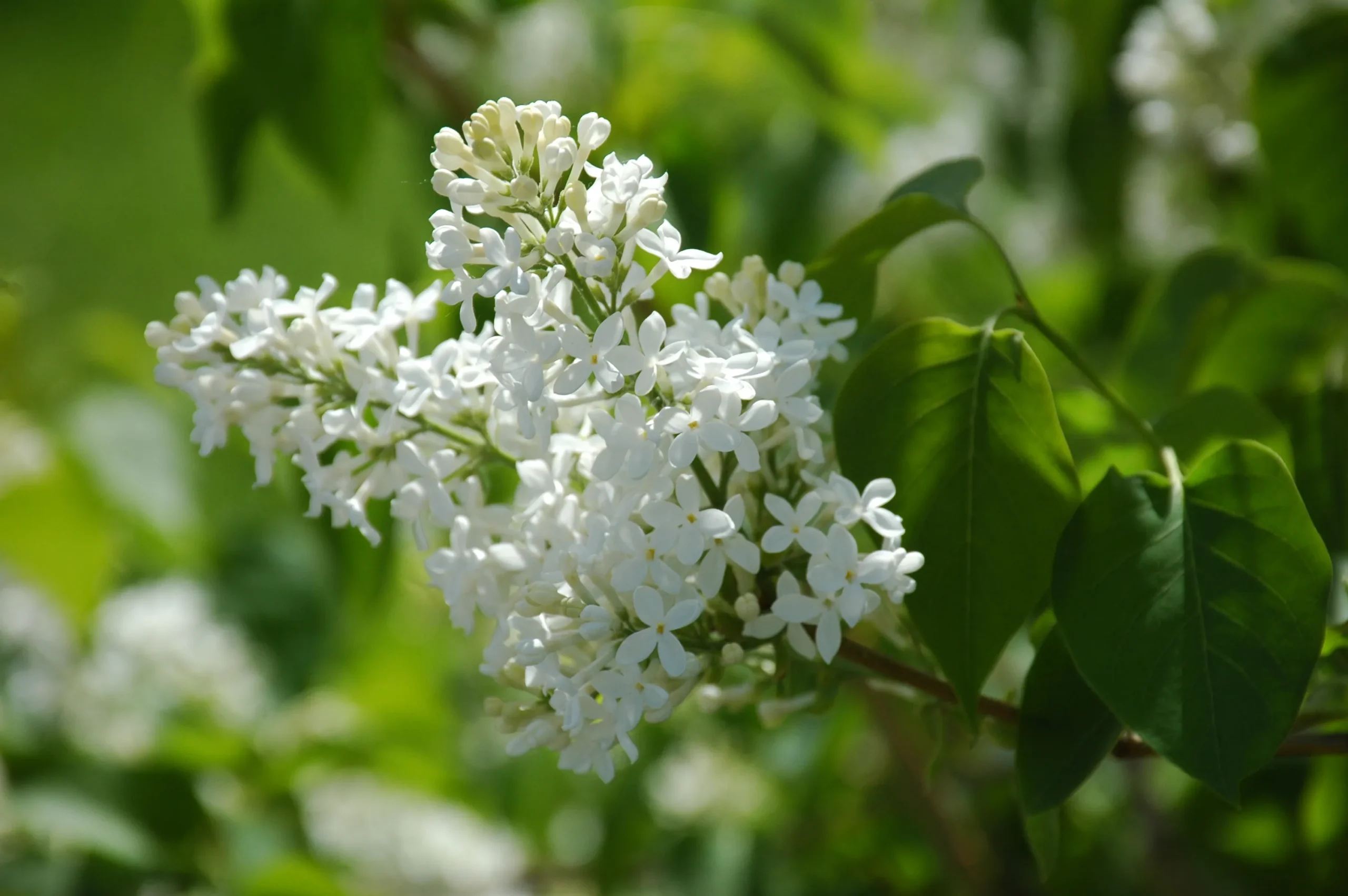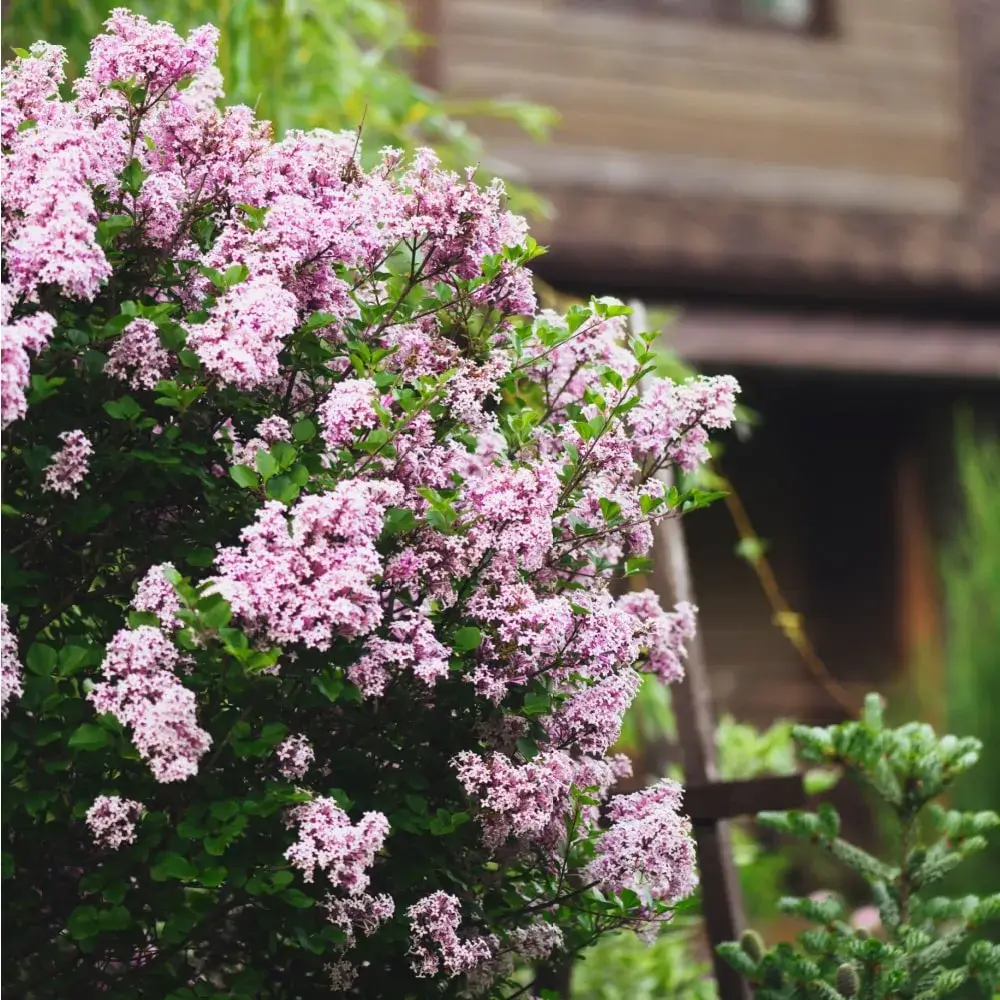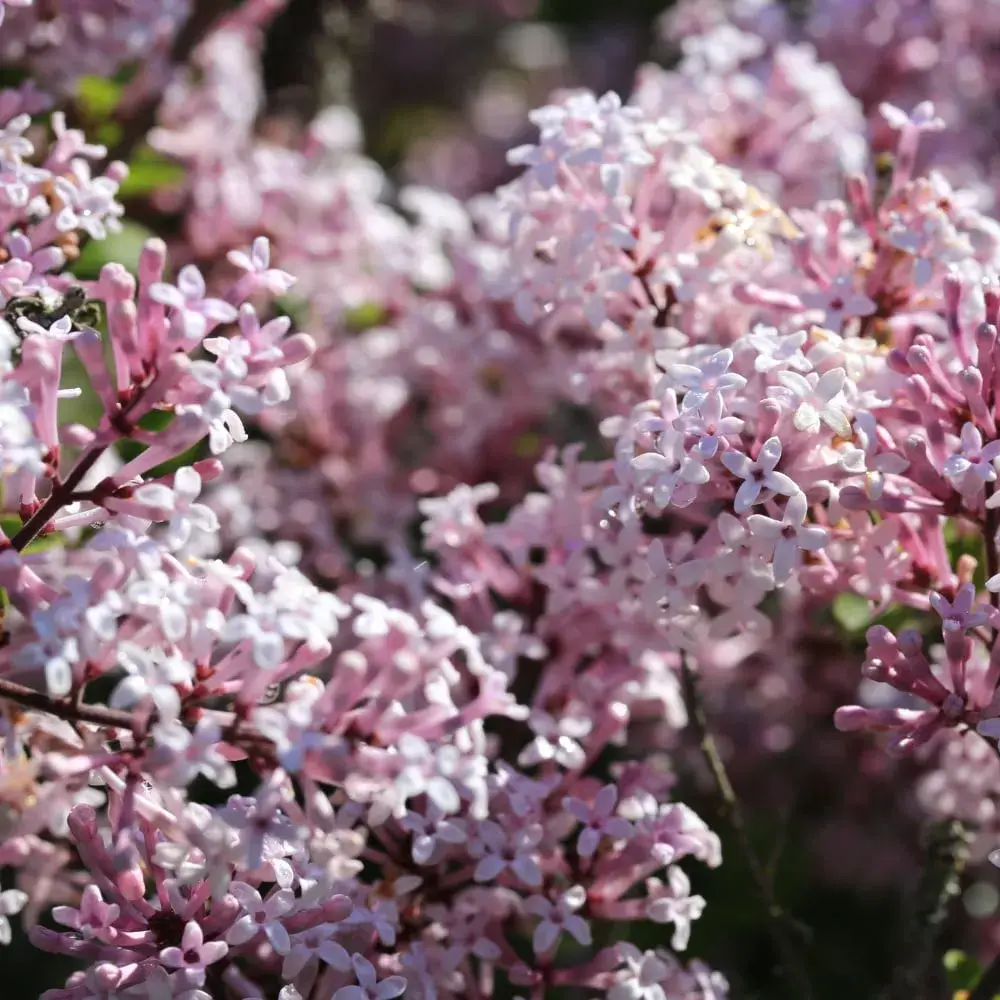Dive into the fascinating world of plants with our curated plant database, a hub of knowledge featuring a wide array of plant species. From vibrant blooms to rare specimens, explore the intricate details and diverse characteristics of the plant kingdom.
Syringa vulgaris 'G13103' (New Age)
Syringa meyeri 'Palibin'
Syringa pubescens subsp. patula 'Miss Kim'
Lilac bushes are a timeless favorite in gardens, cherished for their delightful fragrance and stunning spring blooms. These bushes, often referred to as lilac shrubs, are synonymous with early summer, showcasing clusters of fragrant flowers in shades of purple, pink, white, and even blue. Lilacs bring not just visual beauty but also a sweet, heady aroma that is loved by many.
The growth rate of lilacs is a common question among gardeners. Generally, lilac bushes grow at a moderate pace, typically adding several inches to a foot of growth each year. This growth rate means that while they don’t mature overnight, they do reach a good size within a few years. Lilacs can live for decades, often growing into large, sprawling shrubs with time.
When it comes to planting lilac bushes, location is key to ensuring they thrive and flower profusely. Lilacs prefer a spot that receives plenty of sunlight—at least 6 hours a day is ideal. This sun exposure is crucial for the development of the blooms. Lilac shrubs also need well-drained soil; they don’t like to be in overly wet conditions, which can lead to root rot.
In terms of where to plant lilac bushes in your garden, consider their size at maturity. Lilacs can grow quite large, so they need space to spread out. They’re perfect as a backdrop in a mixed border or as a stand-alone specimen. Lilacs also make for a beautiful, informal hedge. When planting, ensure there’s enough space between bushes to allow for air circulation, which helps prevent powdery mildew.
Caring for lilac bushes is relatively straightforward. They don’t require much in the way of fertilization and are quite drought-tolerant once established. Pruning is important for keeping lilacs healthy and encouraging blooming. It’s best to prune right after the flowers have faded, as lilacs bloom on old wood. Removing spent blooms and thinning out older branches can invigorate the plant and enhance blooming for the following year.
In conclusion, lilac bushes are a splendid addition to any garden, offering stunning blooms and a delightful fragrance. Whether you plant a single lilac shrub or create a lilac bush hedge, these plants are sure to add charm and beauty to your outdoor space. With proper planting and simple care, you can enjoy the sweet scent and lovely blooms of lilacs for many years to come.
Sign up below to get exclusive deals, discounts, and new plant collections—delivered straight to your inbox! Plus, stay inspired with the latest gardening tips, landscaping trends, and DIY garden ideas. Start growing with us today!
A big thank you for subscribing to the PBN Design newsletter.
We're thrilled to have you join our community. Get ready for exciting updates, insightful content, and more delivered straight to your inbox.
Stay tuned!
Go back


;)
